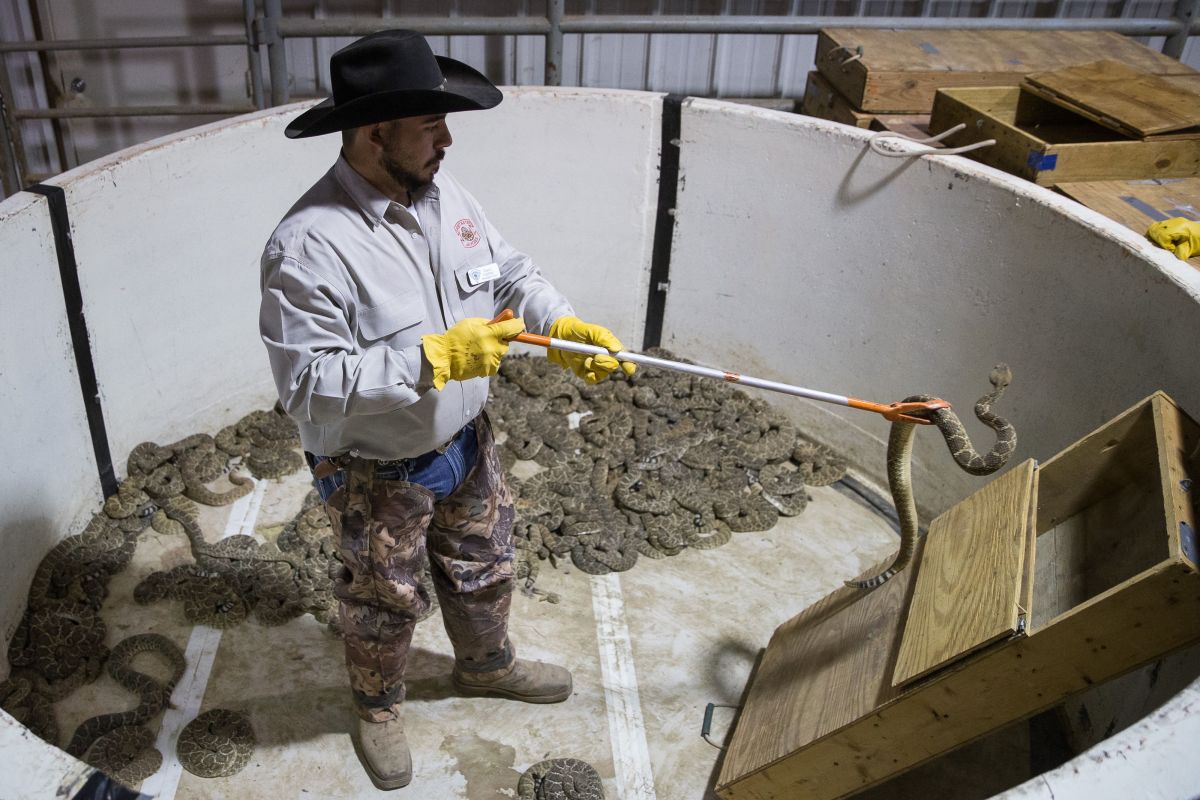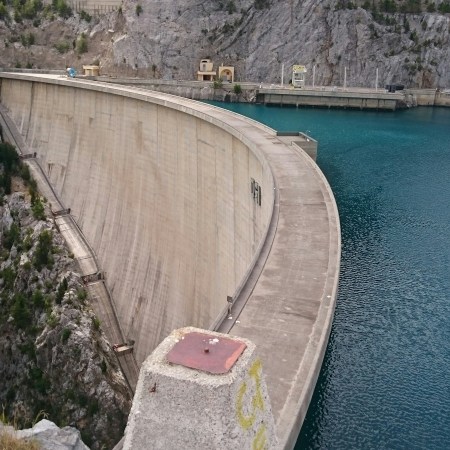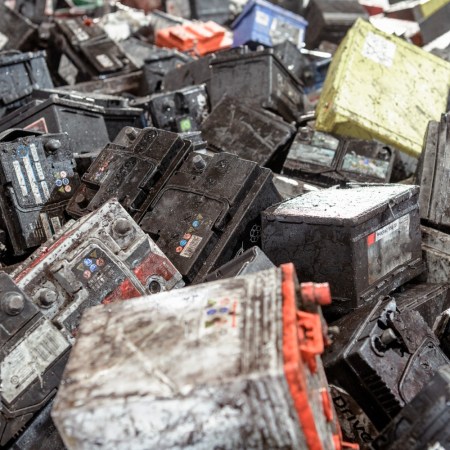The “world’s largest rattlesnake roundup” is taking place in Sweetwater, Texas, where participants can not only have their snakes judged, but also take part in the Miss Snake Charmer pageant. Snake killing is working like a charm for tourism.
There is a downside, however, to marketing rattlesnake killing as an attraction: Lots of other animals are killed in the process.
While there are several techniques for scaring snakes from their homes, typically holes in the ground, one of the most popular methods is using garden hoses to fill the underground burrows with gasoline fumes. The snakes smell the gas and exit the whole into waiting snatcher hands.
Unfortunately, rattlesnakes aren’t the only animals taking up residence in those gassed holes.
“Eastern diamondbacks predominantly use the burrow of the gopher tortoise. Its burrows are known to provide a home for over 350 species, including the Eastern Indian snake, the gopher frog, and the pine snake,” John Jensen told Popular Science. While the snake might escapre the toxic fumes and liquid “other species that aren’t active in the winter just stay down there and die.”
Though it’s legal to hunt the snakes – one county in Florida will even pay you to hunt pythons – and some hunt organizers argue that the hunts help collect venom, there’s little evidence of this and more evidence that the hunts do more bad than good.
“These old traditions die hard,” herpetologist Steve Johnson warned.
Thanks for reading InsideHook. Sign up for our daily newsletter and be in the know.

















